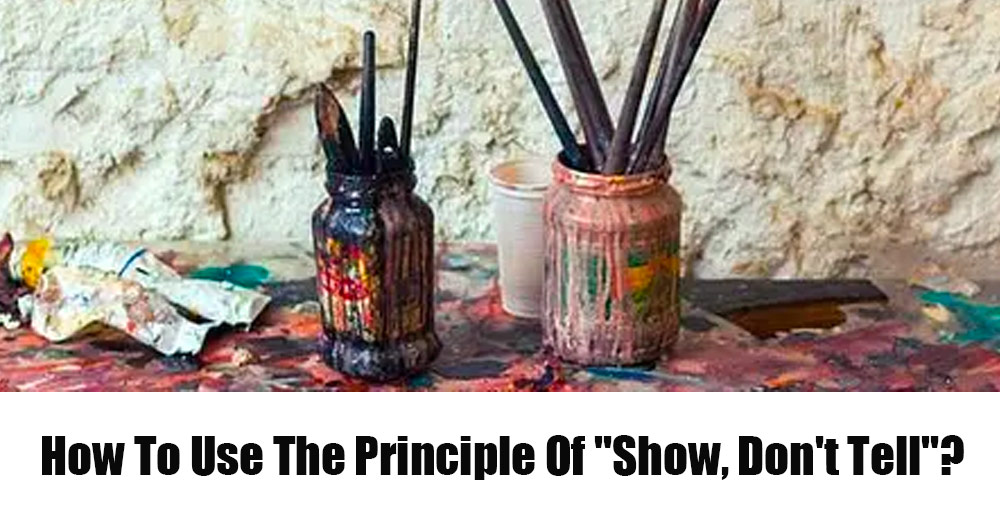
If you want my team to just do your marketing for you, click here.
How to use "Show, Don't tell"?

Show don't tell is quite possibly the most important composing strategies, it presents quality to the writings and includes the readers, it grasps them. We at Webpulse Solution Pvt. Ltd offers you to use this strategy to grow your sales. Before taking any step let’s understand what it is.
Show don't tell is quite possibly the most important composing strategy, it presents quality to the writings and includes the readers, it grasps them. We at Webpulse Solution Pvt. Ltd, offers you to use this strategy to grow your sales. Before taking any step let’s understand what it is.Â
What does show don’t tell mean?
Show don't tell is simple as well, hypothetically, understand. However, it might get hard to apply.
In any case, the uplifting news is, when you get it and use it, there's no returning: you will start composing and incorporate it, instinctively.Â
One of the writers named - Anton Chekhov, characterized Show don't tell this way:Â
Try not to disclose to me the moon is sparkling; show me the flicker of light on the broken glass.Â
What is the difference between Show and Tell?
As a writer, you will probably incite a response in your readers, let them feel the feelings your character is feeling.
The distinction between Show and Tell is that show conjures on the peruser a psychological picture of the scene/feeling, while the Tell is an assertion of an activity/feeling.
Show
The show is an instrument utilized to pull the reader to a picture. By utilizing it, you're making an association between the reader and your character. This is because you're causing the reader to decipher what's going on, rather than mentioning to him what he ought to comprehend or feel.
Demonstrating concrete and clear subtitles will cause the reader to make his own decisions — that will be equivalent to yours, simply he will decipher them without anyone else.Â
The show keeps the reader effectively associated with the story. Tell may let them detached from the plot.
Tell
At the point when you tell, you're talking to the reader the chance of finding, without anyone else, the world you made, to add something individual to the scene — for them to get included.Â
You won't permit readers to utilize their creative mind, their encounters, and, even character — they can't make judgments all alone, you're forcing yours.Â
You have grasped your readers outside the fiction when what you need is the inverse.
6 principles to use Show don’t Tell
Here are the ways you can use show don’t tell in your writing.
1. Utilize the characters five detectsÂ
By using character’s senses you can take your readers to the scene. Make a list of what the character sees, tune in, feels, or tastes. At that point modify the scene utilizing solid action words.
2. Utilize solid action wordsÂ
Solid action words are the sporadic ones, those that "structure the previous tense out of their own assets, without calling to their help any closure"Â
3. Keep away from verb modifiersÂ
A qualifier is a word that changes the significance of the action word, descriptor, or another modifier. Utilizing the past tip, your action word will invalidate the requirement for a verb modifier.Â
4. Be ExplicitÂ
The more explicit you are in the portrayals, the simpler show will be. Being explicit, you'll occupy the clear spaces left by your “tell”, and you'll make a dynamic scene.
5. Use discourseÂ
Discourse is the simplest method of appearing. It's activity progressively; life happening in that careful second. Discourse constantly appears.Â
6. Focus on activities and responsesÂ
Try not to tell the qualities of the personality of your characters: show them through their activities. Permit the reader to perceive how the character demonstrations and responds to the occasions in the plot. That will uncover his character.
By training yourself on, show don't tell will make your writing simpler, to a point, while it'll be unconstrained in your composition. Meanwhile, if you are looking for an agency that can manage your site, you can contact us, we are leading in the digital marketing sector.


























